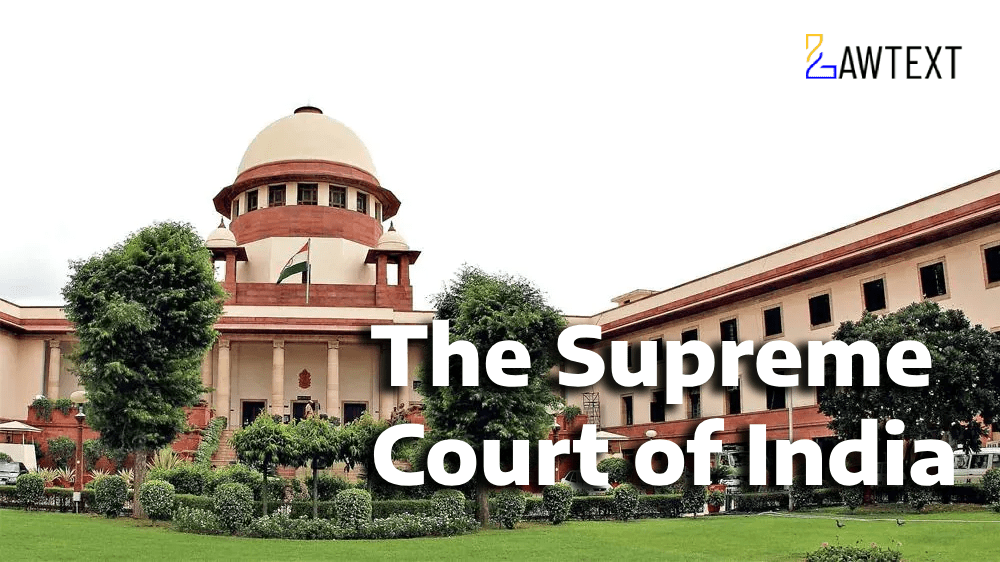

The constitutionality of rules prescribing minimum qualifying marks in the viva voce test for appointments to the District Judiciary in Bihar and Gujarat under Article 32 of the Constitution of India. The petitions allege violations of fundamental rights under Articles 14 and 16. The case delves into the background of the selection processes in Bihar and Gujarat, amendments made to relevant rules, submissions from petitioners and High Courts, key issues, maintainability of writ petitions, and the genesis of the Shetty Commission. It discusses the recommendations of the Shetty Commission aimed at improving transparency and objectivity in the selection process, legal analysis of precedents, and concludes with a decision affirming the legality of prescribing minimum marks for viva voce, provided they are established before the commencement of the selection process.
I. Introduction: The constitutionality of rules prescribing minimum qualifying marks in the viva voce test for judicial appointments in Bihar and Gujarat under Article 32 of the Constitution of India.
II. Background and Legal Precedents: References prior judicial decisions and the recommendations of the Justice Shetty Commission aimed at achieving uniformity in service conditions for judicial officers.
Issue No. i) Constitutional Validity of Minimum Cut-off Marks in Judicial Recruitment: The judgment addresses the constitutionality of minimum cut-off marks set in judicial recruitment, emphasizing the need for well-rounded judicial officers.
Issue No. ii) Judicial Selection Process in Bihar: The judgment examines the selection process in Bihar, focusing on allegations of irregularities and corrective actions taken by the High Court.
Issue No. iii) Allegations of Violations and Corrective Steps in Bihar Selection Process: This section outlines the steps taken by the High Court of Bihar to address discrepancies in the selection process.
Issue No. iv) Non-consultation with the Public Service Commission in Gujarat Rules: Here, the judgment analyzes whether the omission of consultation with the Public Service Commission renders the Gujarat Rules void under Article 234 of the Constitution.
Conclusion: The constitutionality of the judicial recruitment processes in Bihar and Gujarat, highlighting the importance of adherence to statutory rules and procedures while ensuring the independence and integrity of the judiciary.
Citation: 2024 LawText (SC) (5) 73
Case Number: Writ Petition (C) No.251 of 2016 with Writ Petition (C) No.663/2021, Writ Petition (C) No.735/2021, Writ Petition (C) No.1073/2022, Writ Petition (C) No.1146/2022 and Writ Petition (C) No.785/2023
Date of Decision: 2024-05-06
Case Title: Abhimeet Sinha & Ors. vs. High Court of Judicature at Patna & Ors.
Before Judge: Hrishikesh Roy, Prashant Kumar Mishra
Appellant: Abhimeet Sinha & Ors.
Respondent: High Court of Judicature at Patna & Ors.